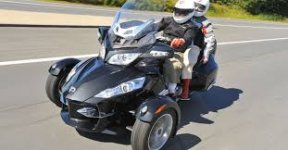Service Managers are not always mechanically knowledgeable or talented as their job is primarily personnel and assignment duties. Having worked in a half dozen auto and motorcycle dealership shops first as a technician and later as service mgr, and as a mechanic and later a flight dept chief pilot, I saw first hand how the “peter principle” worked. I watched one of the most talented technicians at an aircraft shop advance from being their BEST repairman... until he was rewarded for his good work...by promoting him to manager. In One Fell Swoop.... they lost their Best Mechanic and got their Worst Manager! The shop went out of business over his mismanagement of that facility. (In his case you’d have thought he’d know all about how to make a repair ...but in his new position he forgot his best talents. After 3 months chasing down a de-icing fluid leak he consistently argued with me that a check valve could NOT be the source as there was NO CHECK VALVE in that system. I thought I’d gone nuts because I was certain I’d been taught during ground school on that airplane there was a check-valve. A few months later I was researching the maintenance records/logbooks of that airplane and came across an entry made 6 years previously... where the check valve had been replaced due to a leak. That work was performed by and the signature ON that entry WAS the SAME man!
Toe Out leads to squirrelly handling. Slight Toe IN is what most vehicles (Including the RTVs) specify.

